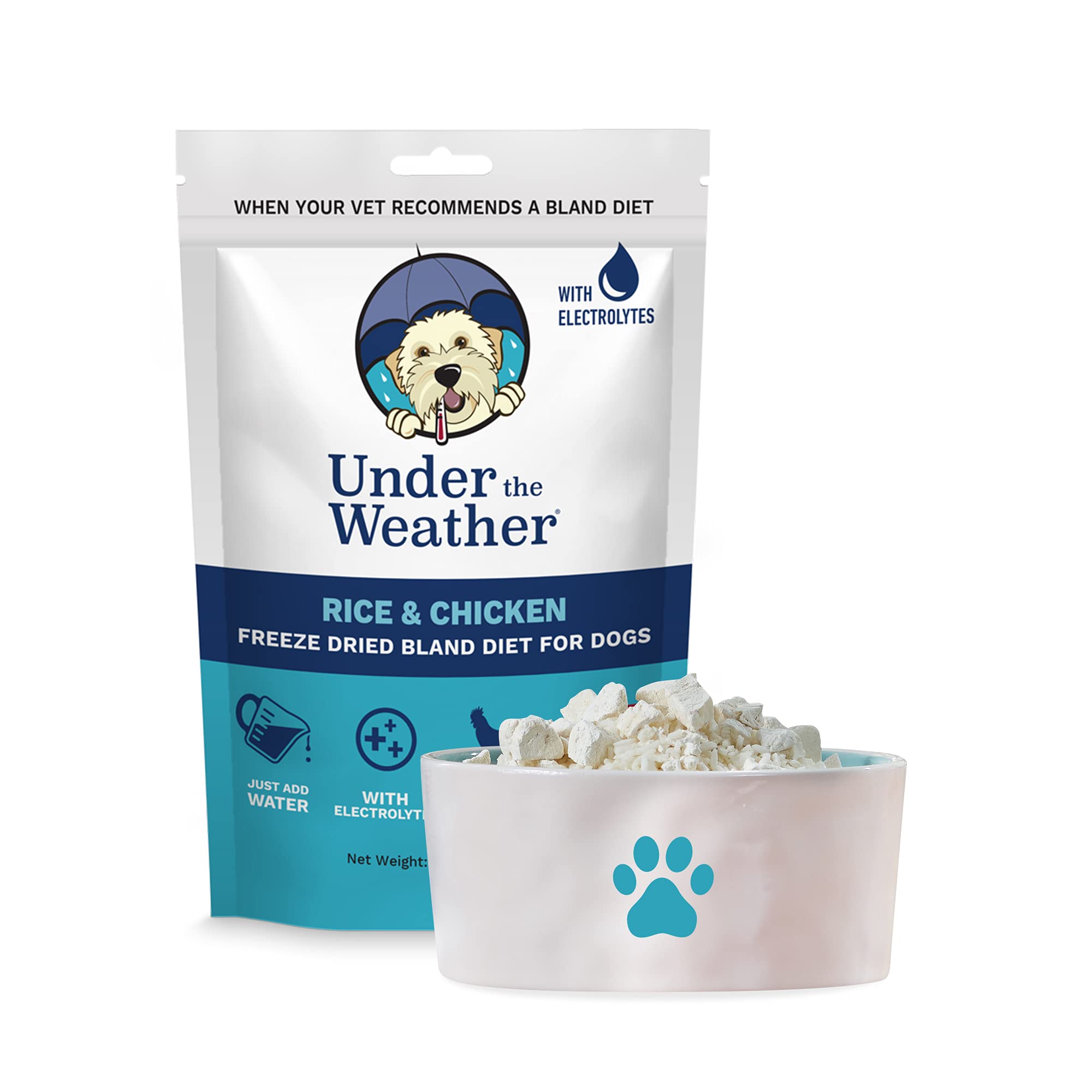dog feeding guidelines** is paramount when managing a bland diet. Start by monitoring your dog’s portion sizes and general health condition. The guideline is to feed smaller, frequent meals rather than larger portions at once. This can help ease the digestive burden and allows for better nutrient uptake. Aim for 1/4 to 1/2 cup of food per serving depending on your dog’s size, and feed them 3-4 times a day during recovery. Hydration plays a significant role—encourage your dog to drink water regularly to prevent dehydration, especially if they’re recovering from gastrointestinal distress. Above all, avoid introducing new foods until stability returns; this aids in understanding what works best for your dog’s unique dietary needs.
Homemade vs. Store-Bought Bland Diets
A key decision many dog owners face is whether to choose **homemade dog food** or stick to store-bought options. Each choice has its merits; while **homemade** options allow for full control over ingredients, many store-bought options in the form of **high-quality, vet-approved dog food** also meet specific dietary needs. Assessing your pet’s unique health status can guide this decision. Keep an eye on your dog’s reaction during each feeding; you can always switch based on their comfort and preference.
Store-Bought Options: Selecting the Best Dog Food
Choosing the right **dog food** involves understanding what formulations are available. For bland diets, look for options specifically designed for dogs with **sensitive stomachs** or **digestive issues**. Brands often label their products as **veterinary diet recommendations**, which can provide peace of mind compared to regular commercial foods. Always read ingredient labels; ideally, select foods high in digestible proteins, low in fat, and devoid of artificial additives.
Making Safe Choices for Homemade Diets
When opting for **homemade bland diets**, emphasizing **food safety for dogs** is crucial. Always use fresh ingredients, and properly prepare foods to avoid any contamination. Sadly, certain human foods can be toxic to dogs; hence, comprehensive knowledge about safe human foods for dogs is vital. Basics like avoiding onions, garlic, and chocolate must be adhered to strictly. During the cooking process, ensure water for boiling is devoid of salt or seasoning. Implement proper kitchen hygiene practices to maintain a clean preparation area. If in doubt, seek **veterinary advice for dogs** before introducing any new recipes.
Conclusion: Enhancing Your Dog’s Nutrition
Effectively managing a **bland diet for dogs** can significantly enhance their overall health and aid in recovery from various digestive concerns. Remember, consistency is vital—keep your dog’s meals straightforward and nutritious. With the right approach to feeding, including **digestive aids** and proper hydration, you set your furry friend on a path to improved well-being. Don’t forget to involve your vet in dietary changes, ensuring your dog receives the best care tailored specifically to their needs.
Key Takeaways
- Implement a bland diet of easily digestible foods for dogs experiencing gastrointestinal issues.
- Homemade recipes like boiled chicken and rice provide essential nutrition for recovery.
- Monitor portion sizes and hydration while adhering to specific dog feeding guidelines.
- Choose high-quality ingredients and consult your vet for customized dietary adjustments.
- Employ careful kitchen practices to ensure safe preparation of dog food.
FAQ
1. What are the best ingredients for a bland diet for dogs?
Key ingredients for a **bland diet for dogs** typically include **boiled chicken**, **white rice**, and sometimes **pumpkin** or **sweet potatoes**. These foods are easy to digest and gentle on the stomach, providing essential nutrition without causing further digestive distress.
2. How long should I keep my dog on a bland diet?
The duration of a **bland diet** can vary depending on your dog’s specific health issue. Generally, it’s advisable to follow this diet for 2-3 days or until your pet shows signs of recovery, such as decreased vomiting and normal bowel movements. Always consult with your veterinarian before transitioning back to regular food.
3. Can I mix bland diet ingredients with regular dog food?
Mixing bland diet ingredients with regular dog food should be approached cautiously. Begin by offering only a small amount of regular food and monitor your dog’s responses. Sudden changes can exacerbate digestive issues; a gradual blend is best.
4. Are there any risks associated with homemade dog food?
Making **homemade dog food** carries risks if it lacks necessary nutrients or incorporates harmful ingredients. Research ingredient safety thoroughly and aim for well-balanced meal plans to prevent any potential health issues. Consulting a veterinary nutritionist can also help create a nutritionally complete recipe.
5. What signs indicate my dog needs a bland diet?
Signs that your dog may need a **bland diet** include frequent vomiting, diarrhea, lack of appetite, and signs of discomfort such as bloating or excessive gas. If these symptoms continue or worsen, contacting your veterinarian is critical for tailored advice.
6. How can I transition my dog from a bland diet back to regular dog food?
Transitioning your dog back to regular food requires a gradual approach. Begin by mixing small amounts of regular dog food with their bland diet, slowly increasing the regular food proportion over the course of several days to avoid upsetting their stomach again.
7. What should I do if my dog refuses to eat the bland diet?
If your dog refuses to eat the **bland diet**, it could be due to stress, flavor preference, or they may still feel unwell. Encourage appetite with warming the foods or adding a small amount of **homemade chicken broth for dogs**. If the issue persists, consult with your vet for alternative dietary recommendations.
